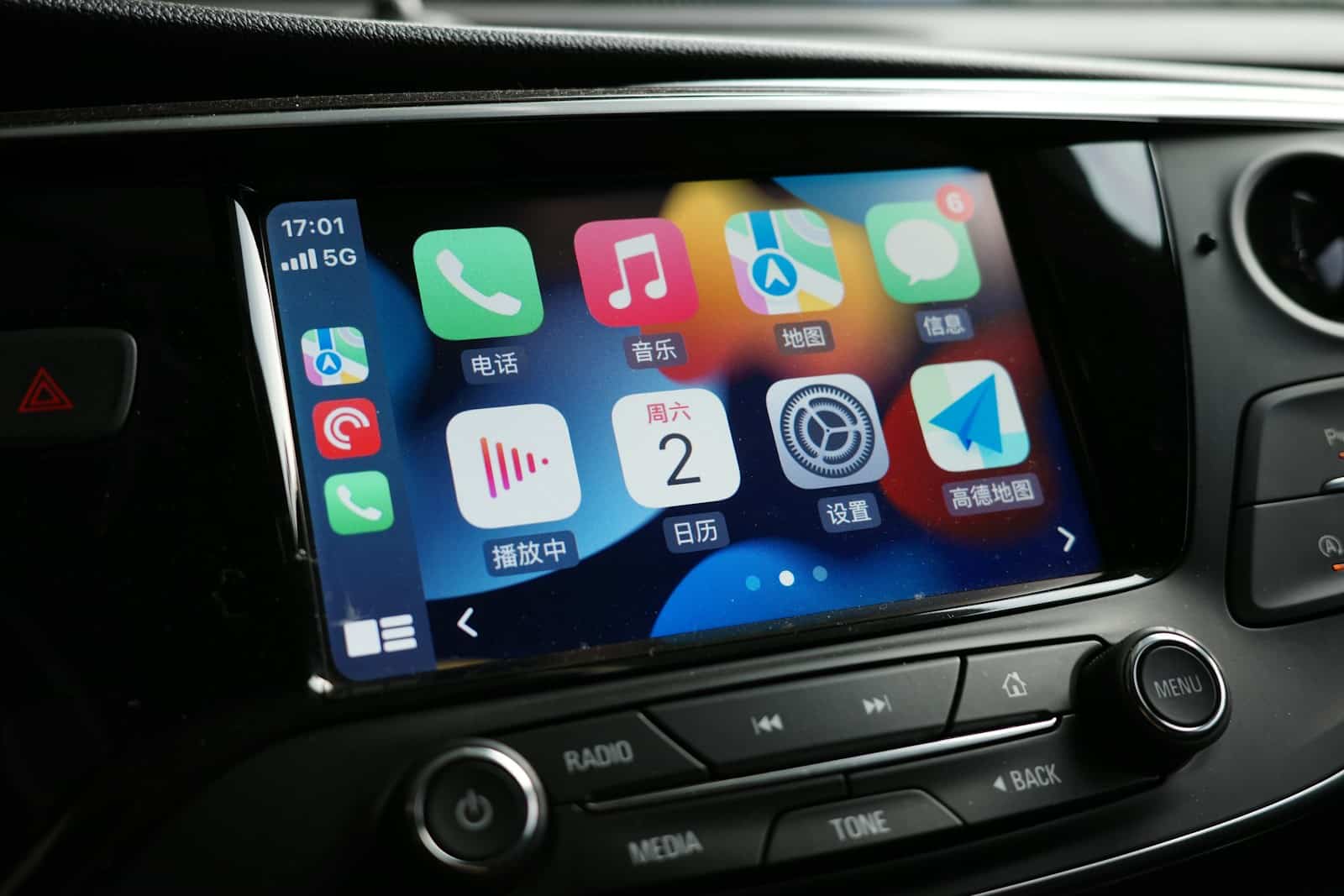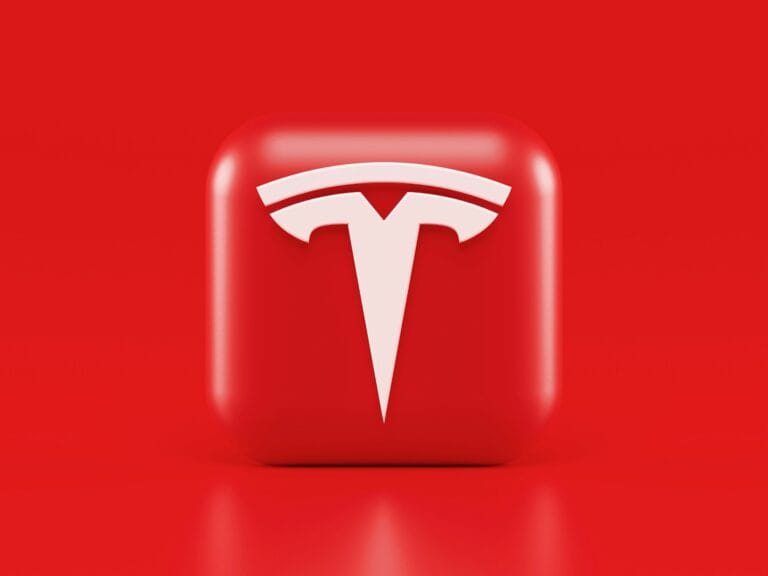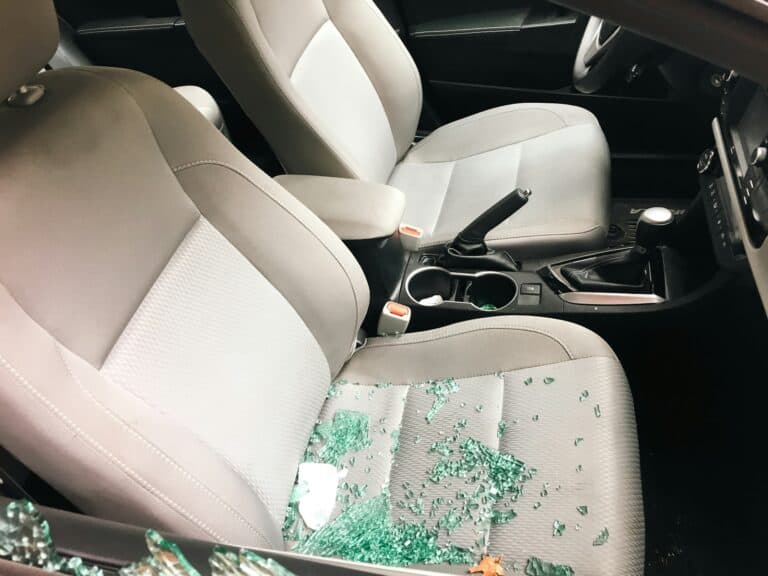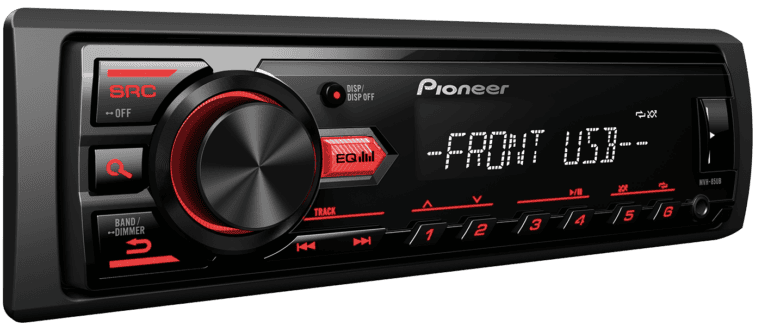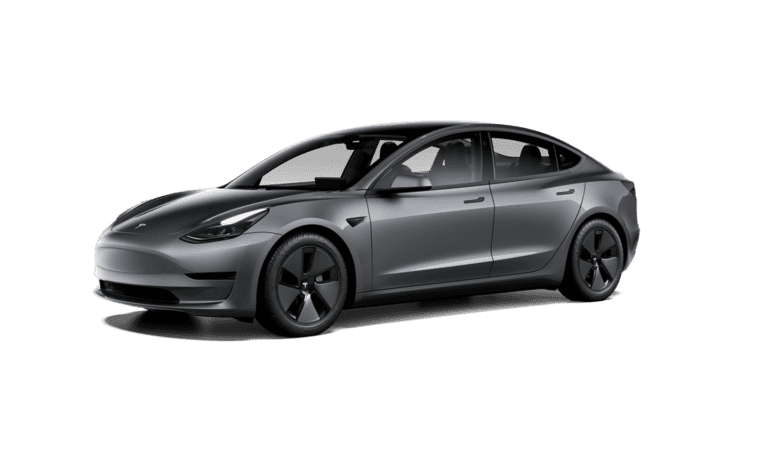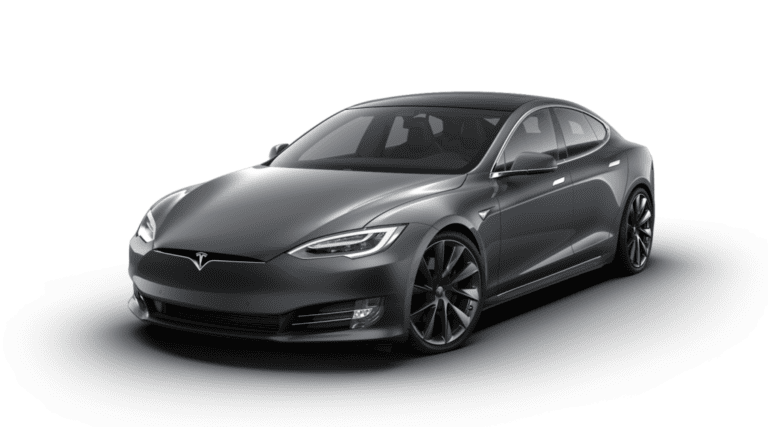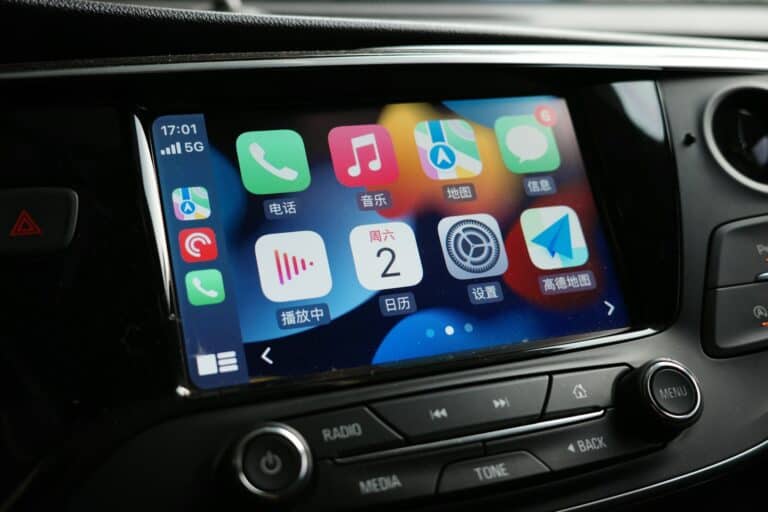Phone screen mirroring transforms how drivers interact with their vehicles by displaying smartphone content directly on the car’s dashboard screen. This technology allows users to access navigation apps, music, messages, and other phone features through their car’s larger display without handling their device while driving.
Both Android and iPhone users can mirror their screens to compatible car systems using built-in solutions like Android Auto and Apple CarPlay, or through third-party apps and wireless connections. The process typically requires either a USB cable connection or wireless pairing between the phone and car’s infotainment system.
Most modern vehicles support some form of phone mirroring, though the specific methods vary based on the car model and smartphone type. Users can choose from several approaches ranging from manufacturer-approved solutions to alternative apps that provide full screen mirroring capabilities.
How to Mirror Your Phone to Your Car Screen on Android or iOS
Mirroring your phone’s screen to your car’s infotainment system lets you access navigation, music, calls, and apps hands-free, making driving safer and more convenient. Here’s a simple guide to mirror your Android or iPhone to your car screen.
1. Check Your Car’s Compatibility
- Modern cars often support Apple CarPlay (for iPhone) or Android Auto (for Android phones).
- Some vehicles have built-in wireless or wired mirroring capabilities.
- Older cars may require third-party devices or apps to mirror your phone.
2. Mirror iPhone to Car Screen
Apple CarPlay (Recommended)
- What you need: iPhone 5 or later with iOS 7.1+ and a compatible car.
- How to use:
- Connect your iPhone to your car via USB cable or wirelessly if supported.
- Follow prompts on your car screen to enable CarPlay.
- Use Siri or your car’s touchscreen to access apps like Maps, Music, Messages, and Phone.
Third-Party Apps
- Apps like FlashGet Cast allow mirroring without Apple CarPlay.
- They require your phone and car to connect over a Wi-Fi hotspot.
- Useful if your car doesn’t support CarPlay but has a screen.
3. Mirror Android Phone to Car Screen
Android Auto (Recommended)
- Requirements: Android 6.0+ and a compatible car system.
- How to use:
- Download and install the Android Auto app from Google Play if not pre-installed.
- Connect your phone to your car via USB or wirelessly if supported.
- Follow on-screen instructions to set up.
- Access navigation, calls, messages, and music safely from your car screen.
Third-Party Apps
- Apps like Screen2Auto can mirror your Android screen to the car via USB.
- Useful for cars without Android Auto support.
- Requires installing the app on your phone and connecting via USB.
4. Wireless vs. Wired Connection
- Wired (USB) connection is more stable and widely supported.
- Wireless mirroring offers convenience but may have latency or connection drops.
- Check your car’s manual to see which connection type it supports.
5. Benefits of Phone Mirroring in Car
- Hands-free operation keeps your focus on driving.
- Access to your favorite navigation apps and music streaming services.
- Control calls and messages safely through voice commands or car controls.
Summary
| Platform | Recommended Method | Connection Type | Notes |
|---|---|---|---|
| iPhone | Apple CarPlay | Wired or Wireless | Seamless integration with iOS apps |
| iPhone | FlashGet Cast | Wireless (Wi-Fi) | For cars without CarPlay |
| Android | Android Auto | Wired or Wireless | Official mirroring and control app |
| Android | Screen2Auto | Wired (USB) | Alternative for unsupported car systems |
By using these methods, you can safely mirror your phone’s screen to your car and enjoy a smarter, safer driving experience.
Key Takeaways
- Android Auto and Apple CarPlay offer the safest and most reliable phone mirroring options for drivers
- Both wired USB connections and wireless methods can mirror phone screens to compatible car displays
- Third-party apps provide additional mirroring options but may lack the safety features of official solutions
How to Mirror Your Phone to Your Car Screen on Android and iOS
Both Android and iPhone users can connect their devices to car screens through wired USB connections or wireless methods. Android Auto and Apple CarPlay remain the most reliable options, while third-party apps provide alternatives when built-in systems aren’t available.
Wired and Wireless Methods for Android Phones
Android Auto serves as the primary method for mirroring Android phones to car screens. Users need Android 6.0 or higher for compatibility.
For wired connections, drivers connect their phone to the car’s USB port using a cable. The Android Auto app launches automatically on compatible car systems. Users can then access Google Assistant by saying “OK Google.”
Wireless Android Auto requires 5GHz Wi-Fi support from both the phone and car system. Most vehicles still require wired connections, though newer models increasingly support wireless functionality.
MirrorLink offers another option for Android devices running version 5.0 or higher. This system requires both the phone and car to connect to the same Wi-Fi network. Users must enable the Miracast function in their car and disable any VPN connections.
The Car Connectivity Consortium has discontinued MirrorLink support. Some older vehicles may still function with this system.
Screen 2 Auto works as a third-party solution built on Android Auto. Users must download the AAAD app from GitHub to install Screen 2 Auto, as it’s not available on Google Play Store. This method requires granting additional permissions and may trigger security warnings during installation.
Wired and Wireless Methods for iPhones
Apple CarPlay provides the standard method for connecting iPhones to car displays. This built-in feature works with iPhone 5 and newer models.
For wired CarPlay, users connect their iPhone to the car’s USB port with a Lightning cable. The CarPlay icon appears on the car screen once connected. Users tap this icon to establish the connection.
Wireless CarPlay requires compatible hardware in both the iPhone and car system. Users enable CarPlay in Settings > General > CarPlay, then pair their device through Bluetooth or by holding the voice control button on the steering wheel.
Siri integration requires enabling “Listen for Hey Siri” and “Allow Siri when locked” in Settings > Siri & Search.
EasyConnection serves as a third-party alternative for iPhone mirroring. This app costs money for specific functions like navigation ($2.99) and music ($1.99). Users must enable their iPhone’s hotspot and connect through the car’s WiFi settings. The connection process involves selecting “DC-Airplay” from the iPhone’s Screen Mirroring options in Control Center.
Compatibility: Requirements for Phone and Car Models
Phone compatibility varies by operating system version and manufacturer. Android devices need version 6.0 or higher for Android Auto. iPhones require iOS 7.1 or later for basic CarPlay functionality.
Car compatibility depends on the infotainment system. Most vehicles manufactured after 2016 include either Android Auto or CarPlay support. Users should check their owner’s manual or manufacturer website for specific compatibility information.
| System | Phone Requirement | Car Requirement |
|---|---|---|
| Android Auto | Android 6.0+ | Compatible infotainment system |
| Apple CarPlay | iPhone 5/iOS 7.1+ | CarPlay-enabled display |
| MirrorLink | Android 5.0+ | Miracast support |
Wireless connections require additional hardware. Cars need built-in Wi-Fi capabilities or aftermarket wireless adapters. Some manufacturers offer retrofit solutions for older vehicles.
Third-party solutions like AirDroid Cast work with cars that have web browsers. These systems typically run Android Automotive OS with Google built-in features.
Common Issues and Troubleshooting Tips
Connection problems often stem from cable issues or software conflicts. Users should try different USB cables and check for physical damage to ports.
Software updates resolve many compatibility issues. Both phone operating systems and car firmware require regular updates. Users should install the latest versions of Android Auto or CarPlay apps.
Audio and video quality problems may indicate interference from other devices. Users can adjust display settings on both the phone and car screen. Restarting both systems often resolves temporary glitches.
App compatibility varies between mirroring methods. Official solutions like Android Auto and CarPlay limit certain functions while driving for safety reasons. Third-party apps may allow full screen access but create safety risks.
Wireless connection issues frequently involve Wi-Fi problems. Users should verify their car supports 5GHz networks for wireless Android Auto. iPhone users may need to forget and re-pair Bluetooth connections.
Phone heating occurs with intensive mirroring, especially using third-party solutions. Users should ensure proper ventilation and avoid resource-heavy apps during long drives.
Permission settings can block mirroring functions. Android users may need to enable USB debugging for certain third-party apps. iPhone users should trust their device when prompted by the car system.
Frequently Asked Questions
People often have questions about connecting their phones to car screens wirelessly, using built-in systems like CarPlay, and finding compatible apps for different devices.
How can I wirelessly mirror my Android phone to my car screen?
Android users can mirror their phones wirelessly through Android Auto if their car supports wireless connections. The phone needs Android 6.0 or higher to work properly.
First, enable Wi-Fi and Bluetooth on both the phone and car system. Download the Android Auto app from Google Play Store if it’s not already installed.
Go to the car’s settings and look for Android Auto or phone connection options. Follow the pairing process by selecting the car’s name on the phone when it appears.
Some cars may need MirrorLink technology instead of Android Auto. Check the car manual to see which wireless mirroring options are supported.
Third-party apps like AA Mirror Plus can provide wireless mirroring for cars without built-in Android Auto support.
What steps are needed to mirror an iPhone to a car screen using CarPlay?
iPhone users need iOS 7.1 or later to use CarPlay. Most modern cars with CarPlay support both wired and wireless connections.
For wired CarPlay, connect the iPhone to the car’s USB port using a Lightning cable. The CarPlay icon should appear on the car’s screen automatically.
Tap the CarPlay option on the car display. The system will show supported iPhone apps like Maps, Music, and Messages on the car screen.
Wireless CarPlay requires the car to support this feature. Turn on Wi-Fi and Bluetooth on the iPhone, then press and hold the voice control button on the steering wheel.
Select the car’s name when it appears in the iPhone’s settings under General > CarPlay. The connection will happen automatically in future drives.
Are there any specific apps required for screen mirroring a phone to a car display?
Android phones typically use the Android Auto app for screen mirroring. Most Android devices come with this app pre-installed.
iPhones don’t need extra apps for CarPlay since it’s built into iOS. The phone automatically shows compatible apps on the car screen.
Cars without built-in mirroring support may need third-party apps. AA Mirror Plus works for Android devices, while FlashGet Cast helps iPhone users.
ApowerMirror provides wireless mirroring for both Android and iPhone users. This app works well when cars don’t have CarPlay or Android Auto.
Some older cars use MirrorLink technology. These systems often work without downloading additional apps on most Android devices.
How do you connect an iPhone to a car screen without using CarPlay?
iPhone users can use third-party mirroring apps when CarPlay isn’t available. These apps work through Wi-Fi connections or mobile hotspots.
FlashGet Cast allows wireless mirroring of the entire iPhone screen. The app works with cars that have Wi-Fi displays or internet browsers.
ApowerMirror provides another option for non-CarPlay connections. This app includes remote control features that work with car touchscreens.
HDMI connections offer the most reliable mirroring method. Users need a Lightning to HDMI adapter and an HDMI cable to connect directly to the car screen.
Some aftermarket car systems support AirPlay mirroring. Check if the car’s infotainment system has AirPlay capabilities before trying other methods.
Can screen mirroring be done with any car screen, or are there compatibility issues?
Not all car screens support phone mirroring. The car needs either built-in Android Auto, CarPlay, or MirrorLink technology.
Most cars made after 2016 include some form of smartphone integration. Older vehicles may need aftermarket stereo systems to support mirroring.
Android Auto requires cars with compatible infotainment systems. The car manufacturer’s website usually lists supported models and years.
Wireless mirroring has more restrictions than wired connections. Only newer car models support wireless Android Auto or CarPlay features.
Third-party apps can work with basic car screens that have Wi-Fi or HDMI inputs. These options provide more flexibility for older vehicles.
What are the common troubleshooting steps if phone screen mirroring to a car display fails?
Check that both the phone and car have the latest software updates. Outdated systems often cause connection problems.
Restart both the phone and car’s infotainment system. Turn off the car completely, wait 30 seconds, then restart everything.
Verify that USB cables are working properly for wired connections. Try different cables or USB ports in the car.
Clear the cache for Android Auto or delete and reinstall mirroring apps. This fixes many software-related connection issues.
Check Wi-Fi and Bluetooth settings for wireless connections. Turn both features off and on again, then try reconnecting to the car.
Reset network settings on the phone if wireless mirroring still fails. This removes old connection data that might cause conflicts.

